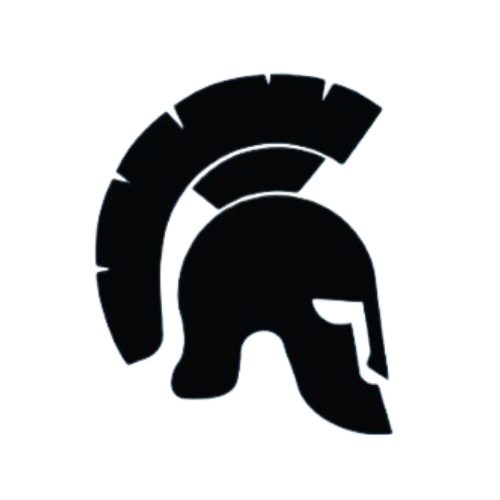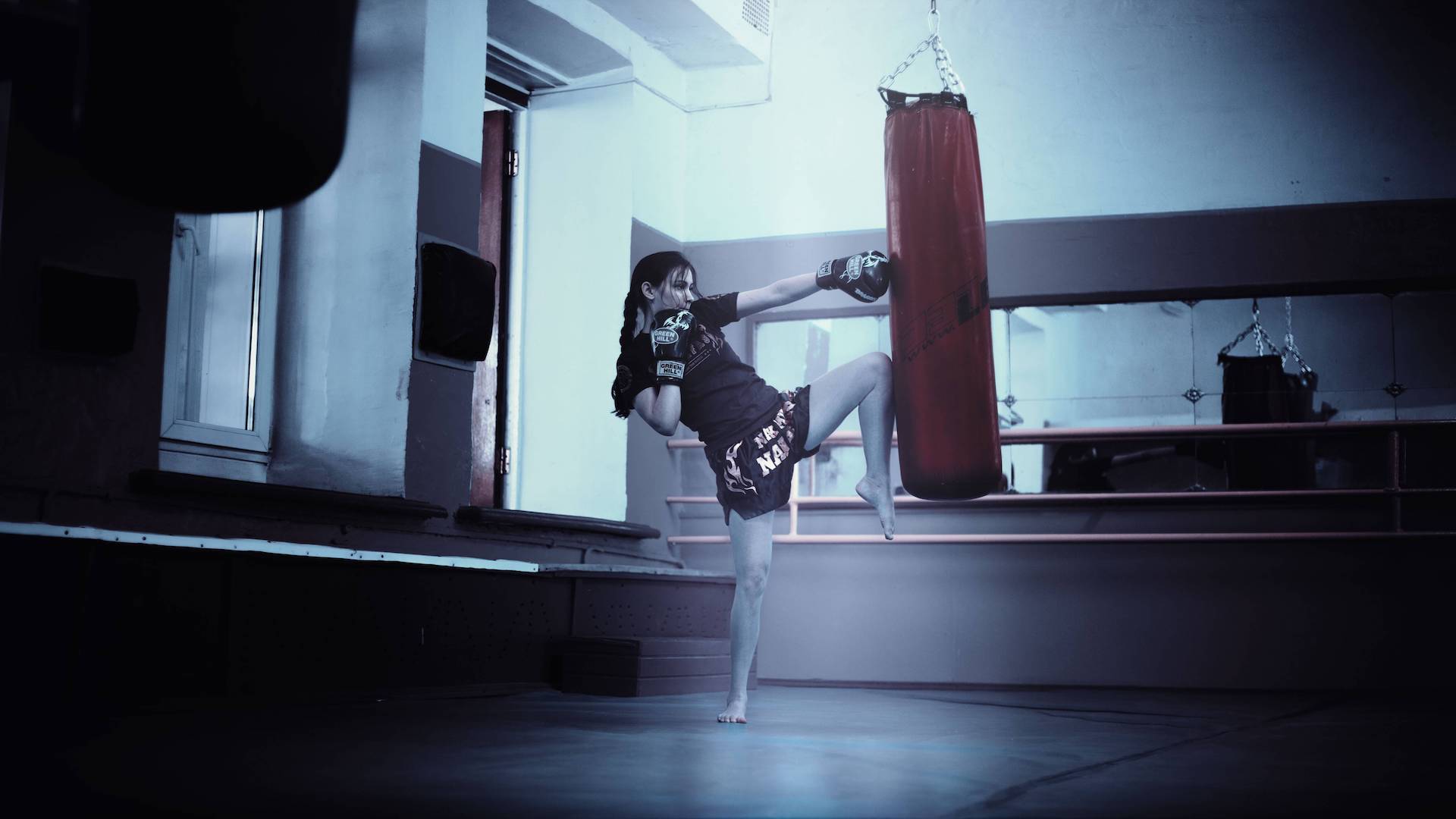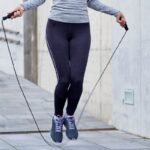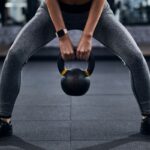Fitness enthusiasts often grapple with choosing the optimal leg exercise for their routines. Hack squats and leg presses are popular choices, but concerns arise regarding their respective effectiveness, injury risks, and suitability for different training goals. This comprehensive comparison aims to illuminate the nuances of each exercise, empowering you to make informed decisions about incorporating them into your workout regimen. I’ll dissect the muscle engagement, range of motion, strength development, and potential injury risks, helping you navigate the complexities of choosing the right leg exercise for your individual needs.
Hack Squat Vs Leg Press
| Feature | Hack Squat | Leg Press |
|---|---|---|
| Definition | Squatting movement performed on a hack squat machine with a guided path. | Seated movement performed on a leg press machine where you push a weighted platform away. |
| Primary Muscles Worked | Quadriceps, glutes, hamstrings, calves | Quadriceps, glutes, hamstrings, calves |
| Stability | Provides stability with back support but still engages core for balance. | Highly stable due to seated position and fixed movement path. |
| Core Engagement | Moderate core engagement to stabilize the body. | Minimal core engagement as the back is fully supported. |
| Range of Motion | Greater range of motion, mimicking a squat movement. | Limited by machine settings and foot placement. |
| Joint Impact | Lower joint stress than free-weight squats; knees are still under load. | Minimal joint stress; less strain on lower back and knees. |
| Difficulty Level | Slightly more advanced due to the standing position. | Beginner-friendly and easier to learn. |
| Best For | Building quad strength with a squat-like movement. | Targeting lower body muscles with reduced joint strain. |
| Versatility | Less versatile; focuses mainly on lower body strength. | Highly versatile with adjustable foot positions to target different muscles. |
| Equipment Needed | Hack squat machine. | Leg press machine. |
| Progression | Ideal for progressing to barbell squats. | Suitable for gradually increasing weight with low risk. |
| Popular Variations | Reverse hack squats. | Wide stance, narrow stance, or single-leg leg presses. |
Target Muscle Engagement
Both hack squats and leg presses are primarily quad-focused exercises, effectively stimulating the vastus lateralis, vastus medialis, and rectus femoris muscles. However, their impact on other leg muscles differs. Hack squats, due to the unique movement pattern, can engage the glutes and hamstrings to a slightly greater degree than leg presses, particularly when performed with a wider stance. This engagement variation is crucial for complete lower-body development. The leg press, with its more isolated nature, often places more emphasis on the quadriceps, potentially leading to uneven muscle development if not complemented by other exercises targeting the glutes and hamstrings.
The adductor muscles (inner thighs) receive some stimulation from both exercises, but the degree of engagement again depends on technique and the specific machine design. Leg presses, due to the controlled environment, can allow for greater isolation of the quads; however, the relative engagement of each muscle group varies, so considering the complete workout routine is important.
Range of Motion and Movement Pattern
The range of motion (ROM) significantly impacts the effectiveness of both exercises. Hack squats generally offer a wider ROM than leg presses, enabling a deeper stretch and greater activation of muscle fibers throughout the range. This is critical because the bottom position of the hack squat often involves the most significant muscle engagement. The leg press, due to the fixed-machine design, can have a limited bottom ROM if the seat or foot plate is not positioned optimally. You need to ensure the machine permits a complete stretch.
The movement pattern also affects the exercise’s effectiveness. Hack squats, especially in full ROM, encourage the development of core stability and balance. This dynamic engages more stabilizing muscles and may result in higher levels of stabilization-related fatigue. Leg presses, by contrast, are typically a more stable exercise; however, the lack of full movement in some machines can limit activation of supporting muscles.
Different machine designs impact ROM and optimal engagement. Some hack squat machines or leg press units restrict the deepest parts of the movement or don’t allow for full extension. This can hinder potential muscle activation or result in incomplete ranges of motion. You should meticulously inspect the machine to ensure proper positioning for your needs.
Strength Development and Power Output
Both hack squats and leg presses contribute to strength development, primarily in the quadriceps. However, hack squats, due to the more complex movement pattern and higher level of core engagement, often foster greater overall leg strength and explosiveness. This is due to the recruitment of more muscle fibers, contributing to more significant strength development. The leg press, through its controlled nature and potential for high weight utilization, excels in developing explosive quad power in a controlled environment; nevertheless, the more complex biomechanics of the hack squat can result in slightly greater overall strength development.
Both are suitable for powerlifting and bodybuilding, though they target different facets of development. For powerlifting, where raw force is paramount, the leg press might be a more appropriate choice. Bodybuilding could use the hack squat due to more complex movement patterns, leading to greater muscle hypertrophy (and definition).
The potential for explosiveness and power output in each exercise depends greatly on technique. Proper form, including controlled descent and ascent, maximizes activation of explosive muscles and increases power output. Conversely, poor form can diminish results and increase injury risks. This highlights the crucial role of proper technique for optimizing performance and maximizing results.
Injury Prevention and Risk
Hack squats and leg presses, while effective, carry some potential injury risks. Lower back strain, knee pain, and ankle injuries are possible if proper form is neglected. Hack squats, due to the more complex biomechanics, can put greater stress on the lower back if not performed correctly. Leg presses, due to the high forces involved, can lead to knee injuries if the knee position is not aligned appropriately during the exercise.
Proper form, thorough warm-up, and a focused cool-down routine are crucial for injury prevention. A warm-up will prepare your muscles and joints for the exercise, while a cool-down routine will help your body gradually recover from the workout. This preventive strategy minimizes the risk of injuries associated with these powerful exercises.
Common mistakes increase injury risk. These include improper hip positioning, rounding the lower back, and forcing the movement. The need for mindful technique and awareness of potential pitfalls cannot be overstated. Always prioritize your safety to prevent severe injuries.
Practical Application and Exercise Versatility
The suitability of hack squats and leg presses depends on individual training goals. For beginners, both can be incorporated into a routine. These exercises are effective alternatives to traditional squats and can support the overall lower-body development. Advanced lifters may prefer incorporating both into their training to maximize muscle growth and optimize strength and power output.
Consideration of individual body types and limitations is essential. Hack squats might benefit individuals with limited mobility in the lower back. Leg presses might be better for individuals with specific knee or hip issues. Understanding your physical capabilities and limitations will support the development of a personalized workout program.
Gym equipment availability and cost factor into the exercise choice. Hack squat machines may not be available everywhere, or if not in good condition, they may present an unnecessary cost. Leg presses, being fairly common gym equipment, generally pose less of a problem concerning availability. A more practical approach involves adapting the training to suit the available equipment, thus creating a cost-effective and adaptable program.
Practical Application & Progression
A progressive approach is essential to optimize results. Beginners should focus on mastering fundamental technique in free weight exercises (barbell squats, lunges) before introducing machine exercises. This phase should prioritize proper form over maximizing weight to ensure good form and safety. Either exercise can be incorporated into a beginner’s routine as it provides an additional quad stimulus without taxing the lower back.
Intermediate trainees can use both hack squats and leg presses, varying the volume, intensity, or rep ranges to create a dynamic workout and accommodate current stimulus and fatigue levels. Experimenting with variations, such as different foot positions or rep ranges, provides valuable data to understand what works best. Proper form and the right machine selection will be critical to ensure maximum muscle growth.
Advanced lifters should utilize both exercises with targeted variations to continuously challenge the body. Employ advanced training techniques, like adjusting rep ranges, adding weight, or using my rep methods, to stimulate continuous growth. Proper form combined with an astute understanding of rep range and muscle fatigue will produce noticeable improvements.
Troubleshooting and Optimizing
Machine design flaws can impact performance and increase injury risk. A bad seat angle or poorly angled foot plates can hinder the ROM and potentially lead to improper engagement of target muscles. Carefully assessing the machine for potential flaws will prevent potential problems. You should ensure the machine design and your positioning on the machine allow a full range of motion to gain the best possible results.
If a particular exercise feels stale or is not performing optimally, consider switching to the other. This is especially true when the chosen exercise stops producing satisfactory results, or when joints start to show signs of discomfort. Alternating exercises and considering variations in form (e.g., wider stances, slower movements) keeps the workout fresh and prevents plateaus. This can revitalize your training motivation and improve workout quality.
Adapting your technique and form can improve efficiency and reduce risk. Pay close attention to your body’s feedback to understand when modifications are necessary. Make adjustments to your foot placement, hip position, and movement tempo to optimize muscle engagement and reduce the risk of injury. Careful attention to technique is paramount in maximizing the benefits of your workouts.
Conclusion
Hack squats and leg presses offer distinct advantages for lower-body development. Hack squats excel in promoting wider ROM and engagement of supporting muscles. The leg press excels in controlled quad stimulation and limited axial fatigue. The best choice depends on individual factors, including training goals, current form, equipment availability, and personal preference. You should be mindful of any potential limitations and adjust your training accordingly. Personalized programming, proper form, and exercise variation are essential for achieving optimal results.
Remember, both exercises can be extremely beneficial, so understanding what works for you is key. Choosing the right exercise for your personal context helps you optimize results while limiting the risk of injury. Prioritize proper form and consistency over intensity in the beginning stages. This will build a sturdy foundation for your training success.
Ultimately, a balanced approach using both exercises in your routine can maximize your lower-body development and achieve lasting strength gains. Proper form and a well-structured workout program are paramount to achieving optimal results.








